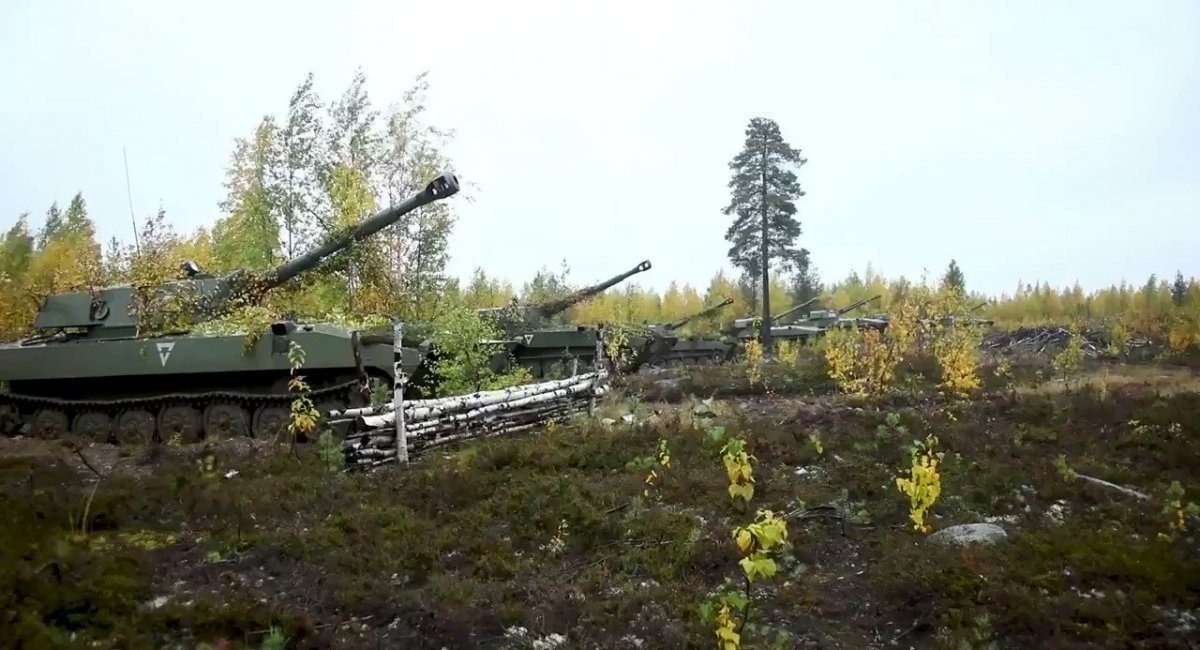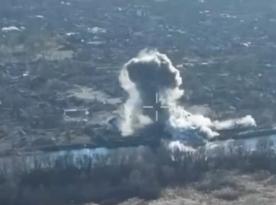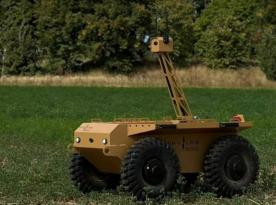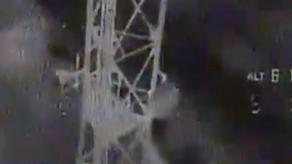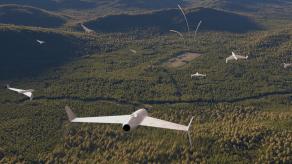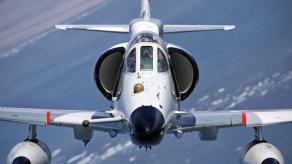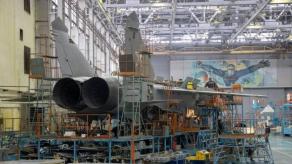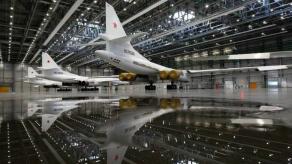Secretary General of NATO, Jens Stoltenberg, said that Finland will literally become a full member of the Alliance in the next few days. This, in turn, opens up very unpleasant prospects for the russian federation: the "potential adversary" has come almost close to the "sacred" city of St. Petersburg, 75% of the water area is under the control of the Alliance, and the most important thing is that Finland's accession to NATO will allow it to be "in the crosshairs" "a fairly large number of strategic objects of the russians, for example, even the bases of the Northern Fleet of the russian federation on the Kola Peninsula.
Against this background, it is especially interesting how the West sees possible actions of the Kremlin "in response". Moreover, as early as May 2022, the russians threatened a so-called "military-technical response" if the Alliance accepted Finland (and Sweden).
Read more: How Much GMLRS Missiles for HIMARS Cost: New Massive Contract with Finland Tells

For example, analysts of the War on the Rocks portal explain the situation as follows. At the end of last year, the minister of defense of the russian federation, Sergei Shoigu, announced plans to create an additional army corps, which would be located in Karelia, and to form two new military districts instead of one Western Military District - in fact, to revive the Moscow and Leningrad military districts.
But the implementation of these plans in practice is greatly complicated by the losses of the russian army on the battlefield against Ukraine. This situation is so complicated that, for example, the intelligence of Finland believes that the russians will renew their capabilities for war on land no earlier than the 2030s. Thanks to this, Finland still has a long time for planned military development.
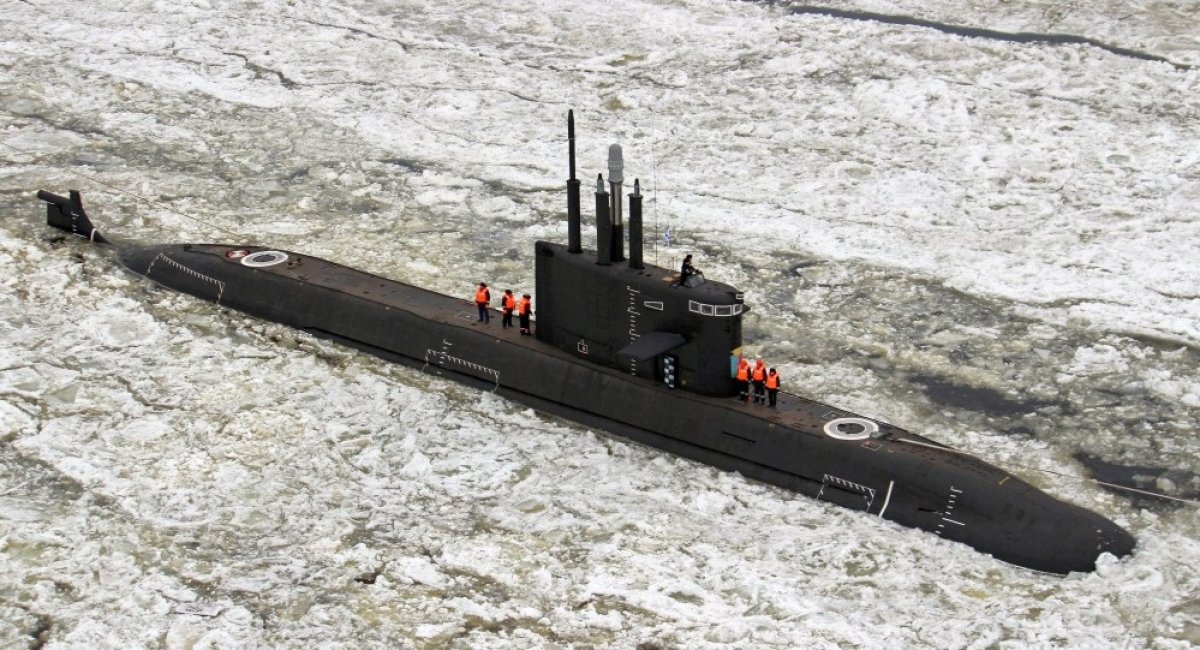
Therefore, if the Kremlin really decides to implement the threats of a "military-technical response", then we should rather expect "hybrid" threats here. For example, the russians will start more actively "rattling" nuclear weapons, more actively threatening the same Finland, using not only carriers of the Northern Fleet of the russian federation, but also strategic aviation from the Olenya airfield.
It should also not be ruled out that the Russians may try to use their warships for "dangerous maneuvering" in strategic points in the waters of the Barents and Baltic Seas, such as the Danish Straits and around Gotland, Bornholm, and the Åland Islands. It is likely that the russians will more actively and demonstratively build a "closed access zone" from the sea around St. Petersburg, relying on coastal artillery, missile complexes and other types of weapons for warfare at sea.
There is a high probability that the Russians will also use their "classic" tools from the "hybrid" category, such as alleged cyber attacks against government structures and critical infrastructure in Finland, disinformation campaigns and even terrorist attacks and assassination attempts against Finnish government officials and politicians.
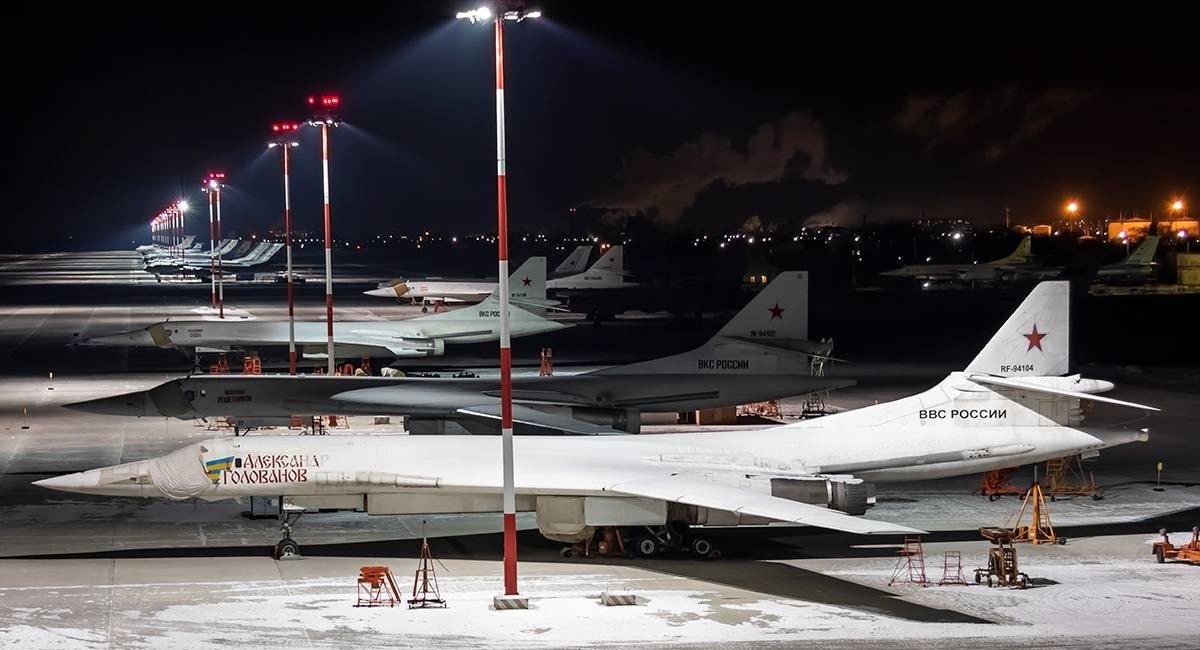
According to War on the Rocks analysts, the Alliance can take simple and effective countermeasures against such a "military-technical response" by the Kremlin in relation to Finland.
For example, the Alliance should increase its presence in the waters of the Baltic Sea, conduct joint training to counter cyber threats and protect critical infrastructure, and even move to demonstrative preparations for fighting in environments affected by nuclear fallout.
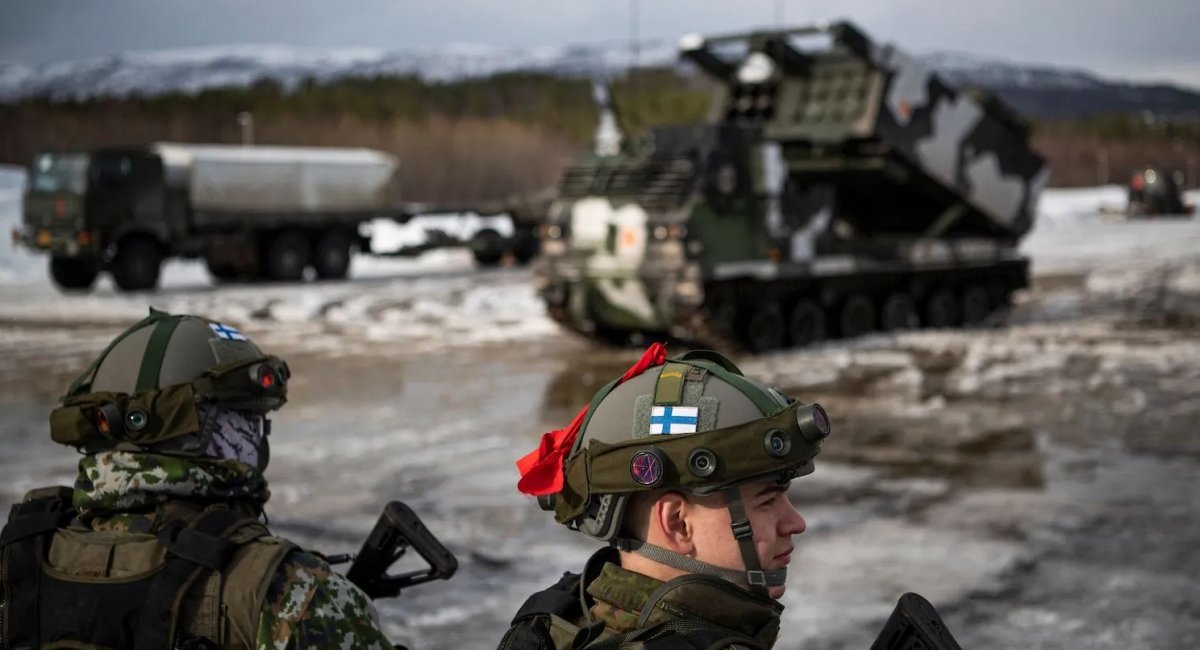
As Defense Express reported, Finland Planed to Raise Defense budget 2023 on 20%. We also told on What Weaponry Ukraine Got From Finland.
Read more: Ukraine Gets More Tanks: Finland Transfers Armored Minehunters and Sweden Considers Including Leopard 2 in Next Military Aid Package




